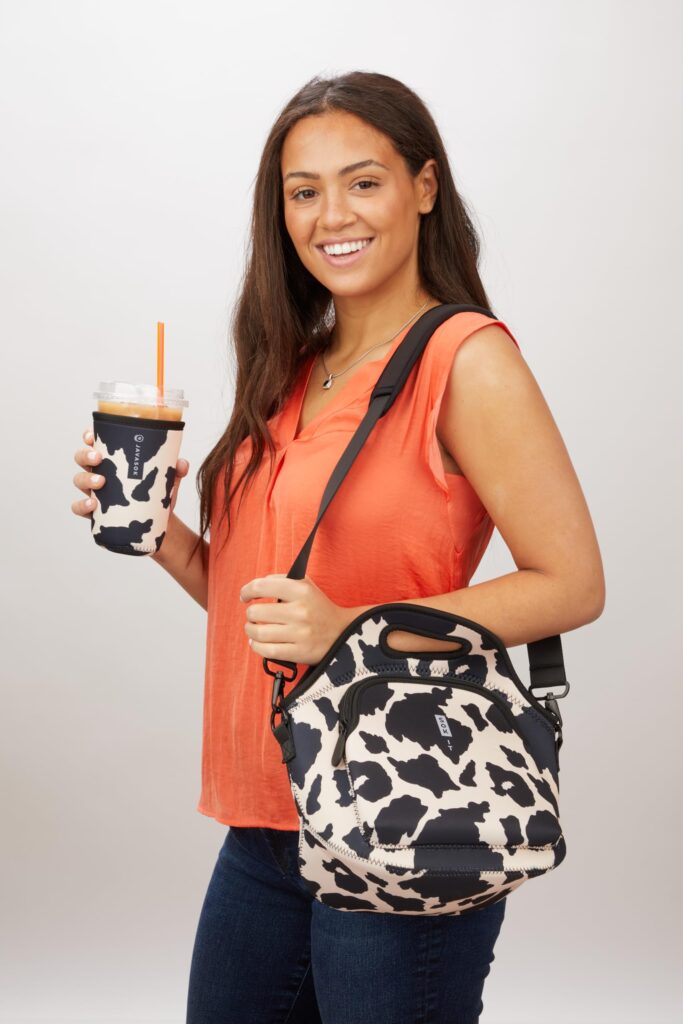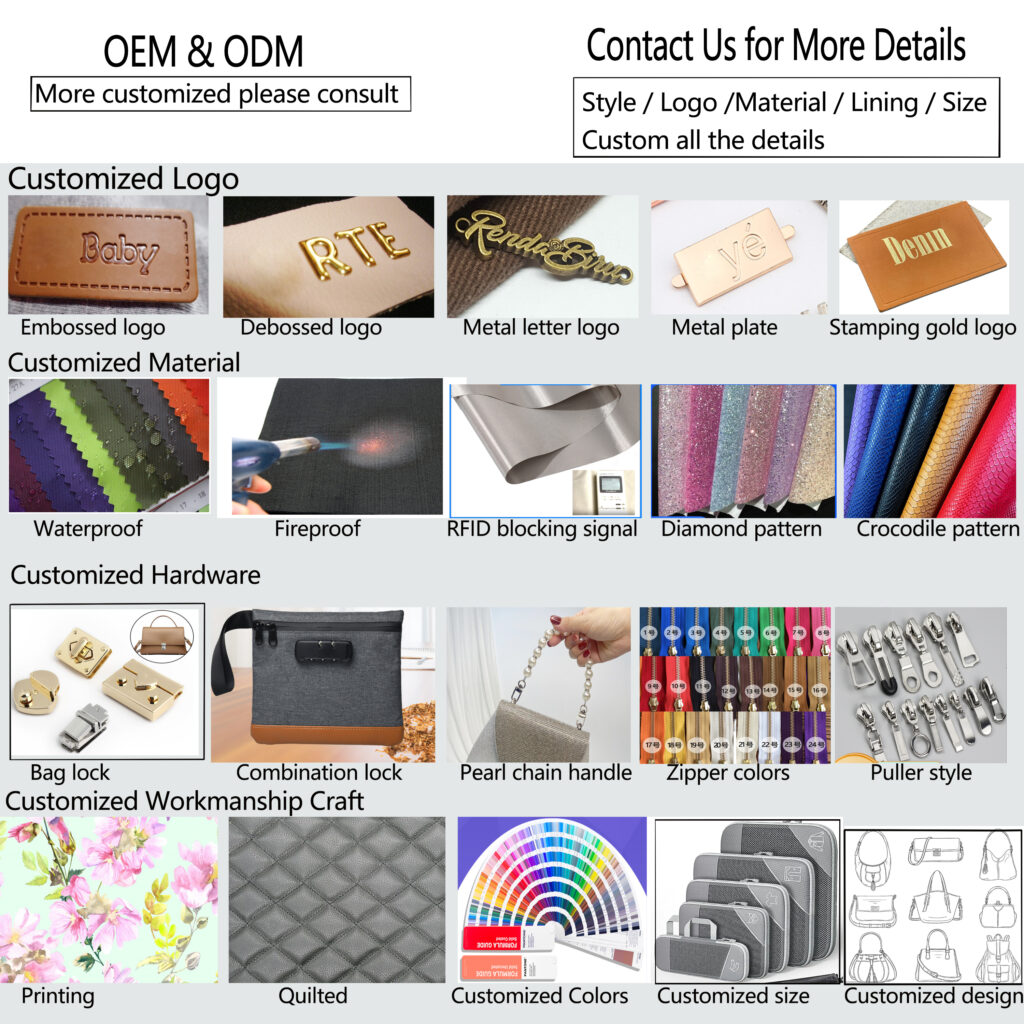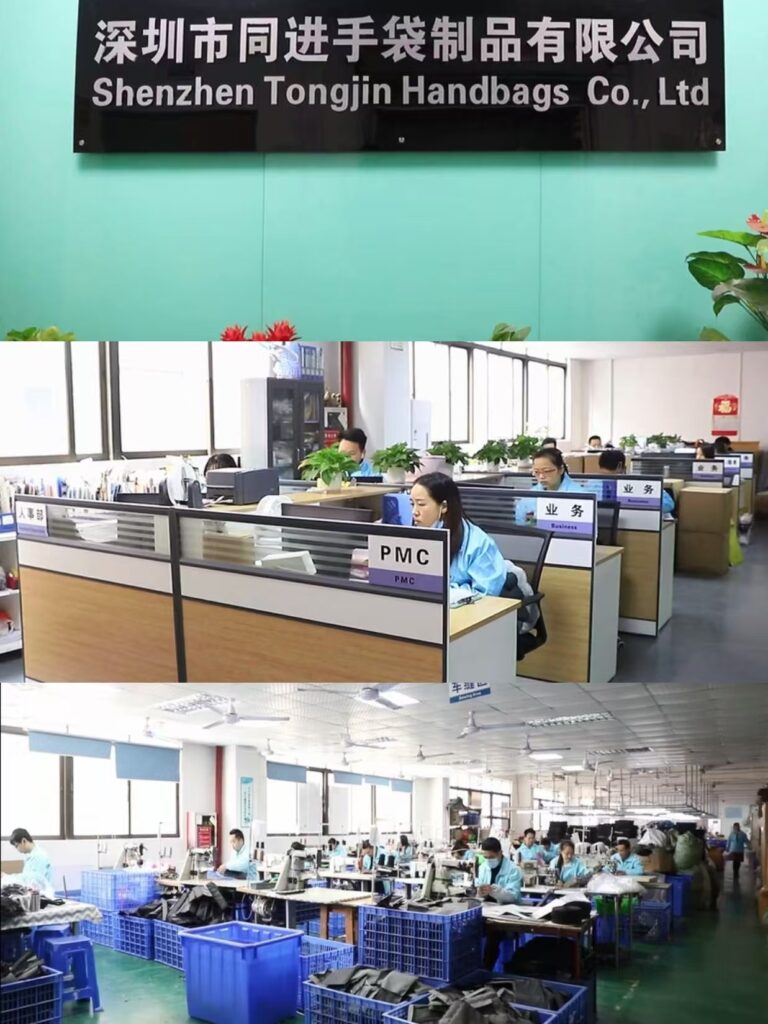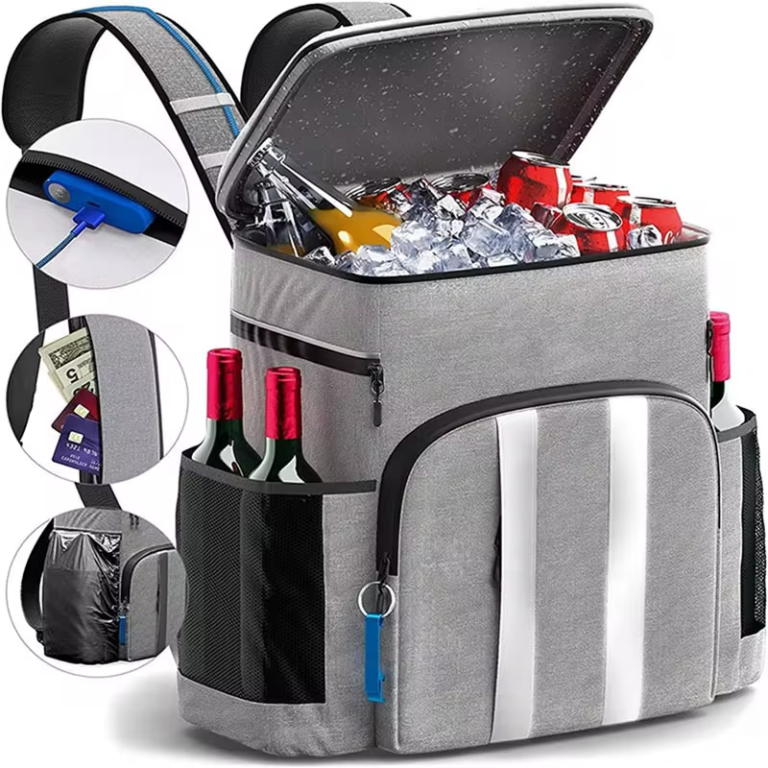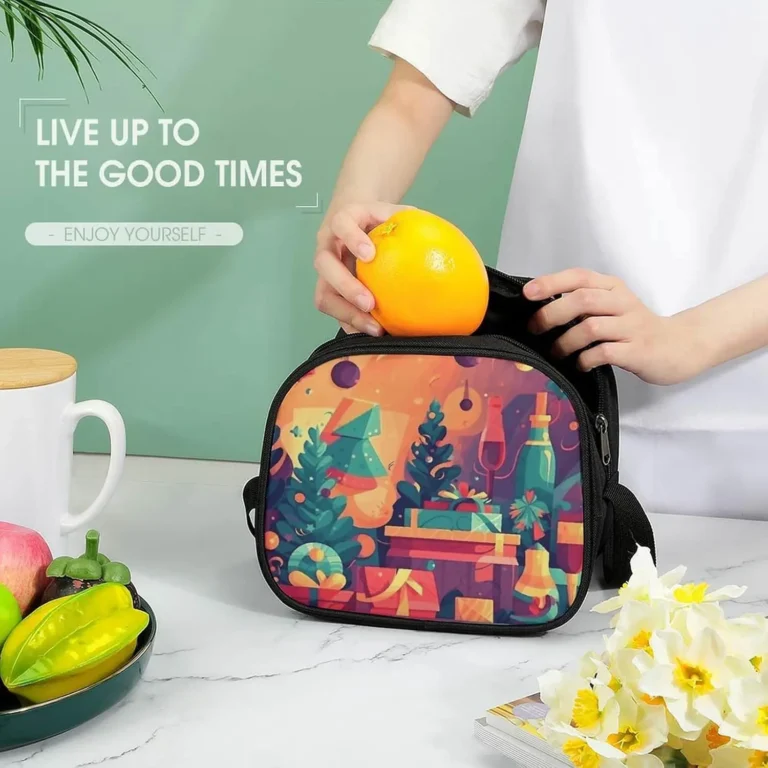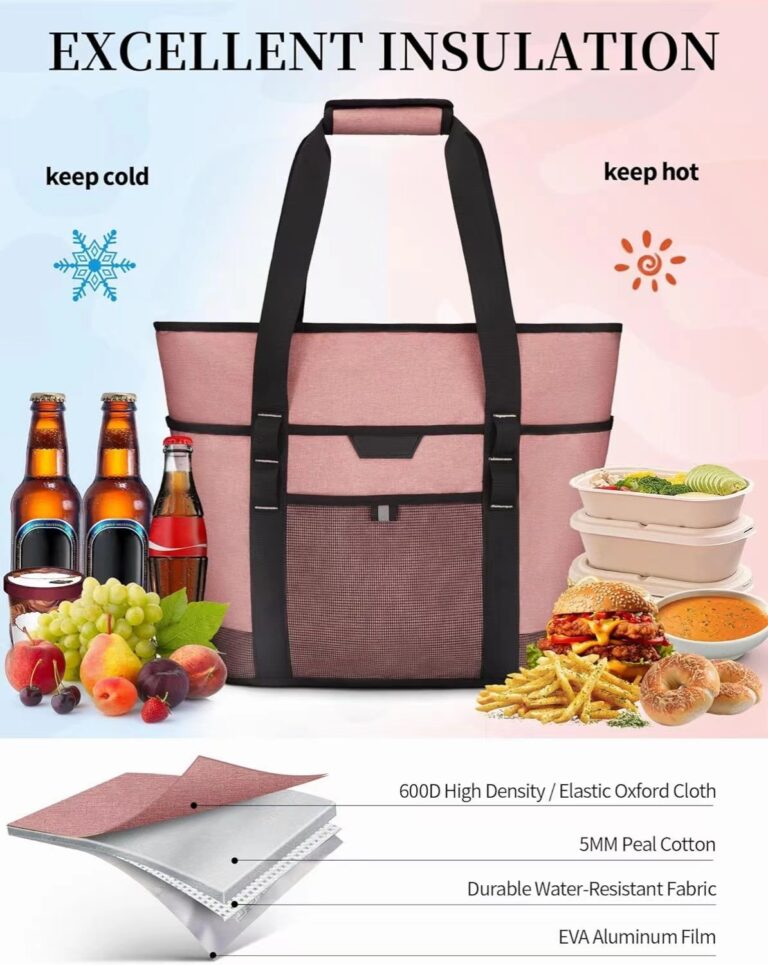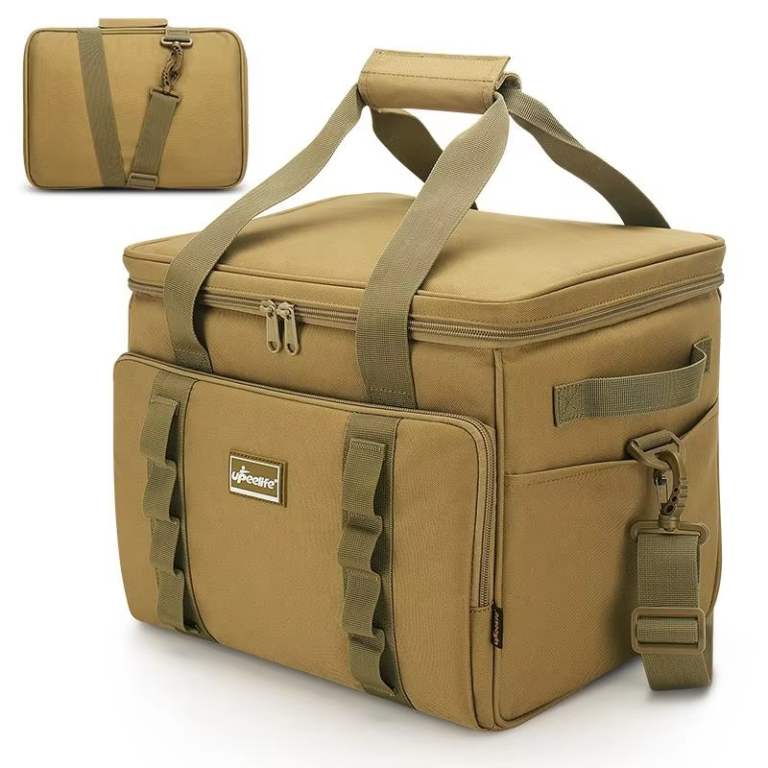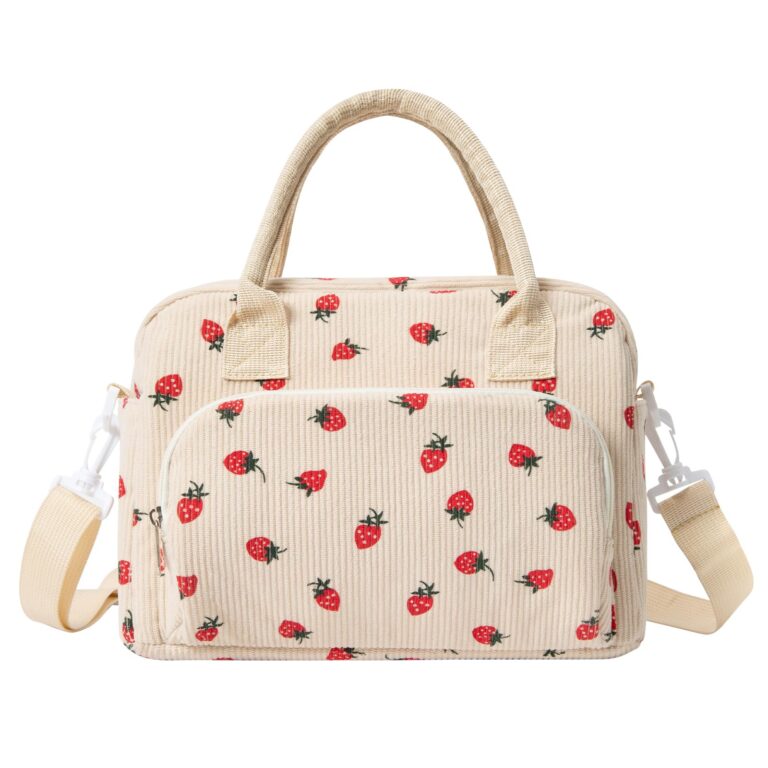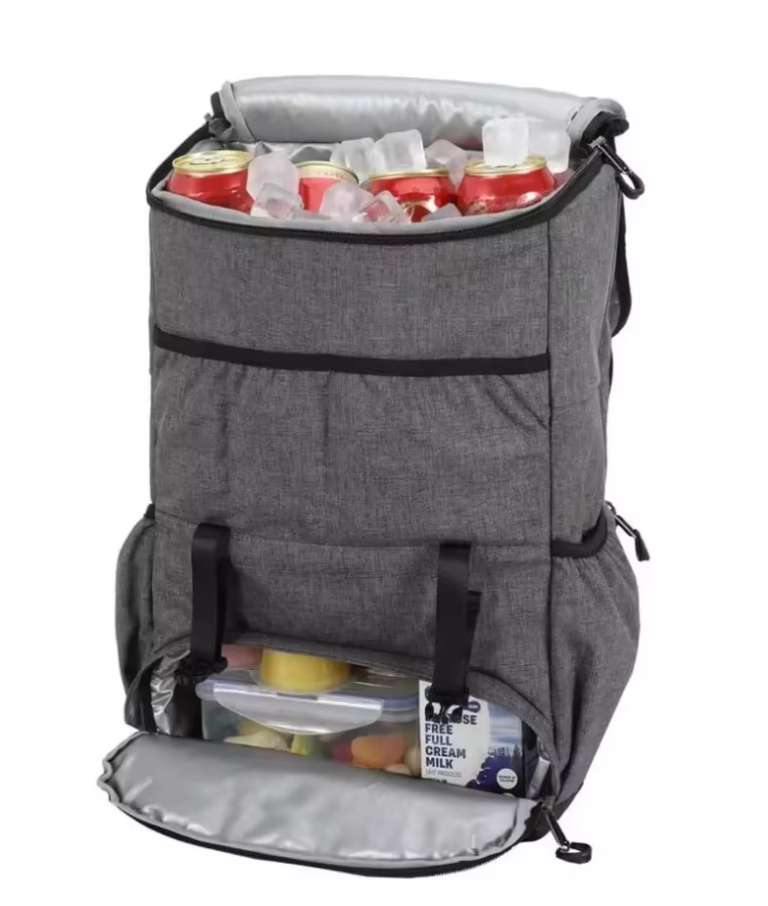Hot Lunch Box: The Ultimate Guide to Portable Warm Meals
In a world where convenience and health-consciousness go hand in hand, the hot lunch box has emerged as a game-changer for modern lifestyles. Whether you’re a busy professional, a student, or a parent packing meals for kids, the ability to enjoy a warm, nutritious meal on the go has become increasingly essential. This comprehensive guide explores everything you need to know about hot lunch boxes, from their evolution and types to buying tips and maintenance, helping you make an informed choice that fits your needs.
The Rise of Hot Lunch Boxes: Meeting Modern Needs
Gone are the days when packed lunches were limited to cold sandwiches and salads. As work hours extend and commuting times grow, people are seeking ways to enjoy home-cooked or restaurant-quality meals without compromising on temperature or taste. The hot lunch box fills this gap perfectly, combining portability with the ability to keep food warm for extended periods.
A Response to Health and Convenience Trends
With a global shift towards healthier eating, more individuals are preparing meals at home to control ingredients and portion sizes. Hot lunch boxes allow them to carry warm dishes like soups, stews, curries, and steamed vegetables, which are not only more satisfying but also retain their nutritional value better than cold alternatives. Additionally, for environmentally conscious consumers, reusable hot lunch boxes offer a sustainable alternative to single-use microwavable containers or takeout packaging, reducing waste and promoting eco-friendly habits.
Market Growth and Innovation
The demand for hot lunch boxes has spurred significant innovation in design and technology. From simple insulated containers to advanced electric models with built-in heating elements, the market now offers a wide range of options to suit different budgets and requirements. According to a 2024 report by Grand View Research, the global lunch box market, including hot lunch solutions, is expected to grow at a compound annual growth rate (CAGR) of 4.8% from 2025 to 2030, driven by urbanization, busy lifestyles, and a focus on health and wellness.
Types of Hot Lunch Boxes: Choosing the Right Fit
Understanding the different types of hot lunch boxes available is key to finding the one that matches your daily routine and meal preferences. Here’s a breakdown of the most popular categories:
1. Insulated Hot Lunch Boxes
How They Work: These rely on thermal insulation materials like double-walled stainless steel, vacuum-sealed layers, or foam inserts to retain heat. They are lightweight, durable, and require no external power source.
Pros: Affordable, easy to clean, suitable for short to medium heat retention (3-6 hours), and available in various sizes and designs.
Cons: Heat retention depends on the quality of insulation and the initial temperature of the food. They may not keep food piping hot for very long, especially in cold environments.
Best For: Office workers who pack lunch in the morning and eat by midday, students with school lunch periods within a few hours of packing, or anyone who prefers a low-maintenance option.
2. Electric Hot Lunch Boxes
How They Work: These come with a built-in heating element that plugs into a power source, such as a wall outlet or a car charger. Some models have a USB charging option for ultimate portability.
Pros: Can heat cold food from scratch or maintain warmth for longer periods (up to 8 hours), suitable for reheating leftovers, and often include features like separate compartments for different food items.
Cons: Require access to a power source, slightly heavier than insulated models, and may have higher price points.
Best For: Long commuters, truck drivers, or anyone who needs to heat food later in the day, especially the elderly or those with specific dietary needs that require warm meals at precise times.
3. Self-Heating Lunch Boxes
How They Work: Utilize a chemical reaction between water and a heating pack (often calcium oxide) to generate heat. Simply add water to the heating compartment, place the food tray on top, and close the lid.
Pros: No need for electricity or pre-heating; self-contained and highly portable. Heat retention can last 1-2 hours after activation.
Cons: Single-use heating packs can be expensive over time, and the chemical reaction produces waste. Not ideal for frequent use due to environmental and cost considerations.
Best For: Outdoor enthusiasts, campers, or emergency situations where access to power or hot water is limited.
4. Microwave-Safe Lunch Containers with Heating Functionality
How They Work: Designed to be safe for microwave use, these containers often have vents to release steam and prevent splattering. Some come with thermal sleeves to keep food warm after microwaving.
Pros: Versatile, as they can be used for both reheating in the microwave and carrying food. Affordable and widely available.
Cons: Require access to a microwave, and the thermal sleeves have limited heat retention compared to dedicated insulated or electric models.
Best For: Office environments with microwave access, where users can heat food in the container and then use it for storage during the day.
Key Features to Consider When Buying a Hot Lunch Box
With so many options on the market, evaluating the following features will help you select the best hot lunch box for your needs:
1. Heat Retention Capacity
- Insulated Models: Look for products with vacuum-sealed technology or advanced insulation materials like PU foam. Check manufacturer claims for heat retention times (e.g., “keeps food hot for 6 hours at 140°F”).
- Electric Models: Consider the heating time (how long it takes to warm food) and battery life or power source options. USB-rechargeable models offer more flexibility than those requiring a wall outlet.
2. Size and Capacity
- Choose a size that fits your typical meal portions. Some models have multiple compartments for separating rice, proteins, and vegetables, which is ideal for balanced meals. Ensure it fits in your bag or backpack, especially if you commute by bike or public transport.
3. Material and Safety
- Stainless Steel: Durable, non-reactive, and easy to clean. Look for food-grade 304 or 18/8 stainless steel to avoid metal leaching.
- Plastic: BPA-free and FDA-approved plastics are safe, but avoid low-quality plastics that may emit odors or chemicals when heated.
- Glass: Offers excellent heat resistance and is non-porous, but it’s heavier and more prone to breakage.
4. Ease of Cleaning
- Dishwasher-safe models are convenient, but check if the heating elements or insulation layers can withstand dishwasher cycles. Removable inner trays or compartments make handwashing easier, especially for sticky foods like sauces or melted cheese.
5. Design and Portability
- Features like a leak-proof seal are crucial to prevent spills, especially for soups or gravies. A comfortable handle or a compact, lightweight design enhances portability. Some models come with additional accessories like cutlery sets, thermal bags, or measuring cups.
6. Price and Warranty
- Budget options (under 20)usuallyincludebasicinsulatedcontainers,whileelectricmodelscanrangefrom30 to $100+ depending on features. Look for brands that offer warranties (e.g., 1-2 years) to ensure product reliability.
Top Brands and User Reviews: What the Market Says
To help you navigate the crowded market, here’s a roundup of popular hot lunch box brands and what users love (and sometimes dislike) about them:
1. Zojirushi
- Product Example: Zojirushi SM-SA48 Stainless Steel Lunch Jar
- User Praise: Renowned for exceptional heat retention (up to 6 hours for hot foods), leak-proof design, and elegant stainless steel finish. The wide mouth makes it easy to fill and clean.
- Criticisms: Some users find the smaller sizes (480ml) insufficient for large appetites, and the price point is higher than budget models.
2. LunchBots
- Product Example: LunchBots Thermo Insulated Lunch Box
- User Praise: Eco-friendly, BPA-free, and with a modular design that includes removable trays for different food types. The compact size is perfect for kids and adults alike.
- Criticisms: Heat retention is moderate (3-4 hours), so it’s best for early lunchtimes rather than late meals.
3. Miroco
- Product Example: Miroco Electric Lunch Box with Stainless Steel Container
- User Praise: Affordable electric model (around $30) that heats food evenly in about 30 minutes. The 2L capacity is great for large meals, and it comes with a car charger for on-the-go use.
- Criticisms: The power cord is relatively short, and the plastic exterior may get warm during heating, requiring caution when handling.
4. Stanley
- Product Example: Stanley Classic Vacuum Insulated Lunch Box
- User Praise: Heavy-duty construction ideal for rugged use, with heat retention lasting up to 8 hours. The vintage design appeals to outdoor enthusiasts and professionals.
- Criticisms: The weight (1.5 pounds empty) can be a downside for those seeking a lightweight option, and the single-compartment design offers less food separation.
5. Sboly
- Product Example: Sboly Electric Lunch Box with USB Charging
- User Praise: Portable and versatile, with a USB-C port for charging via power bank or laptop. The three-layer design separates rice, dishes, and soup, making it suitable for Asian-style meals.
- Criticisms: The heating process can be noisy, and the inner containers are the hand-wash only, which may be a hassle for some users.
Maximizing Your Hot Lunch Box: Tips for Optimal Use
To get the most out of your hot lunch box, follow these practical tips:
1. Preheat for Better Heat Retention
- For insulated models, pour hot water into the container and let it sit for 5-10 minutes before adding food. This preheats the interior and extends heat retention.
- Electric models should be plugged in to start heating as soon as you arrive at your destination to ensure food is ready by mealtime.
2. Pack Smartly
- Use airtight containers or foil wraps for saucy dishes to prevent leaks and maintain temperature.
- Layer hot foods at the bottom and lighter items like bread or fruit on top to avoid compression and heat loss.
3. Maintain Hygiene
- Clean your lunch box immediately after use to prevent food residue from drying and causing odors. For electric models, unplug and let them cool before cleaning, and never immerse the heating unit in water.
- Periodically check seals and gaskets for signs of wear and tear, as a damaged seal can compromise heat retention and lead to leaks.
4. Explore Meal Ideas
- Opt for meals that reheat well and retain their texture, such as:
- Grains: Quinoa bowls, fried rice, or pasta with tomato-based sauces.
- Proteins: Baked chicken, meatballs, or tofu stir-fries.
- Vegetables: Roasted veggies, steamed broccoli, or sautéed spinach.
- Soups and Stews: Lentil soup, chili, or curry with rice.
5. Customize for Your Lifestyle
- If you’re a parent, choose colorful, kid-friendly designs with fun compartments to encourage healthy eating.
- For fitness enthusiasts, look for lunch boxes with portion control features to match your dietary goals, such as separate containers for proteins, carbs, and healthy fats.
Addressing Common Concerns
Q: Are hot lunch boxes safe for reheating food?
A: Yes, as long as you follow the manufacturer’s instructions. Electric and microwave-safe models are designed for reheating, but always check that the materials are approved for direct heat. Avoid overheating or reheating the same food multiple times to maintain safety and quality.
Q: Can I use a hot lunch box for cold foods?
A: Many insulated models work for both hot and cold foods. To keep food cold, pre-chill the container with ice packs or cold water before packing salads, fruits, or sandwiches.
Q: How do I choose between an insulated and electric hot lunch box?
A: If you need to heat food from cold or maintain warmth for over 6 hours, an electric model is best. Insulated boxes are ideal for shorter periods (3-4 hours) and the hassle-free, no-power-needed convenience.
Q: Are self-heating lunch boxes environmentally friendly?
A: They have a higher environmental impact due to single-use heating packs. For daily use, opt for reusable electric or insulated models to reduce waste.
The Future of Hot Lunch Boxes: Innovations to Watch
As technology and consumer demands evolve, the hot lunch box market continues to innovate:
- Smart Lunch Boxes: Integrating temperature sensors and mobile apps to notify users when food reaches the optimal temperature, or track heat retention in real-time.
- Sustainable Materials: More brands are using recycled plastics, bamboo, or biodegradable components to address environmental concerns.
- Multi-Functional Designs: Models that double as food preparation tools, such as containers with built-in steamers or slow cookers for prepping meals directly in the box.
Conclusion: Invest in Convenience and Wellness
A hot lunch box is more than just a food container; it’s a lifestyle upgrade that promotes healthier eating, reduces waste, and adds convenience to your daily routine. By understanding the different types, key features, and top brands, you can select a model that fits your budget, meal preferences, and on-the-go needs. Whether you’re heating up a home-cooked curry at the office or keeping soup warm for your child’s school lunch, the right hot lunch box ensures every meal is enjoyed at its best—warm, flavorful, and satisfying.
So, say goodbye to cold, uninspiring meals and embrace the warmth and versatility of a hot lunch box. Your taste buds and busy schedule will thank you!
Remember to check customer reviews and product specifications before purchasing, and don’t hesitate to experiment with new meal ideas to make the most of your investment. Here’s to enjoying delicious, hot meals wherever life takes you!
Tags:cosmetic bags,tactical backpack
Contact us for a wholesale quote

